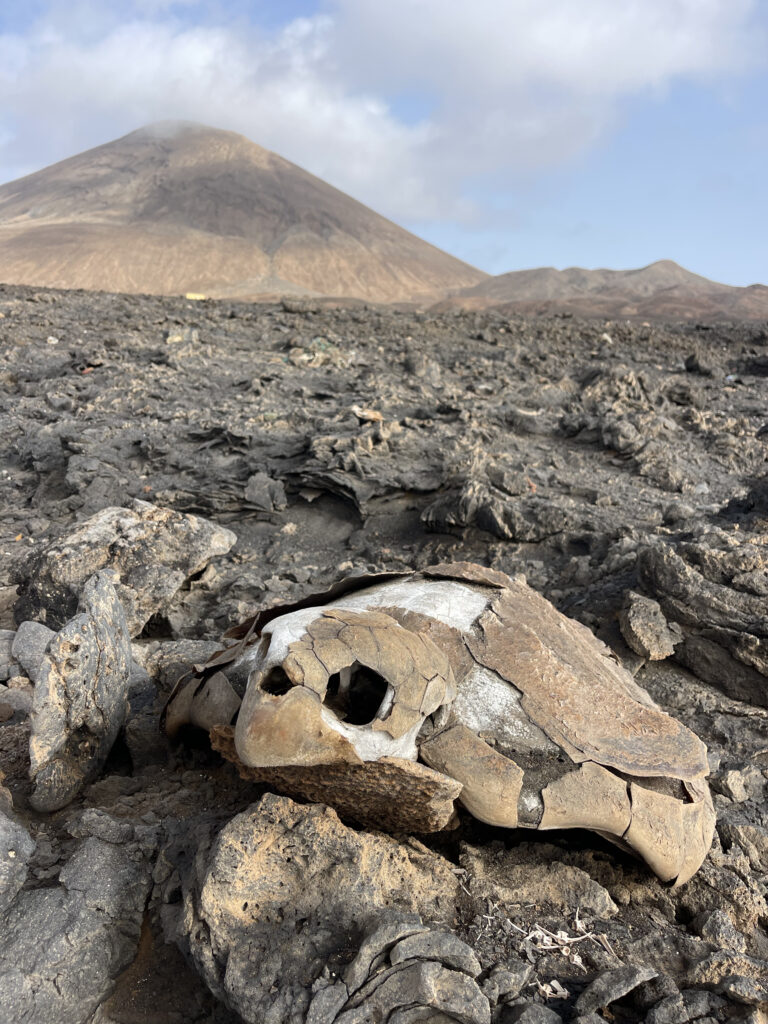Background
The Loggerhead Sea Turtle (Caretta caretta) is one of the most abundant marine turtle species in the world, with its second-largest rookery in the Cape Verdean Archipelago. The archipelago is composed of 10 islands, all of which serve as nesting grounds. Sal hosts the second-largest nesting population and is one of the most touristic islands. Human pressure is increasing every year due to resort construction and a higher influx of tourists, making it challenging for females to lay their eggs.
Climate trends also affect the archipelago, with year-round temperatures rising over the past few decades. As habitat fragmentation and temperature increases continue, egg laying and incubation may be compromised, leading to predominantly female-skewed populations and high embryo mortality.
Conservation efforts have shown positive outcomes, as the number of female sightings has significantly increased since 2020. However, sea turtles are highly sensitive to their environment, making them particularly vulnerable to an ever-changing ecosystem.


Aims
Investigate temperature profiles for some of the densest nesting beaches on Sal Island.
Identify locations that exceed the 29ºC threshold throughout the nesting season.
Compare hatcheries to assess their impact on hatchling survival rates.